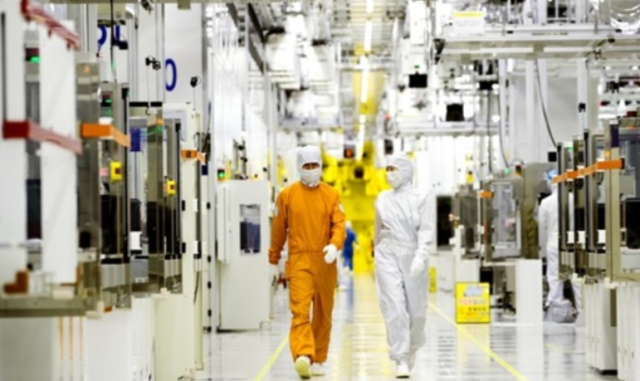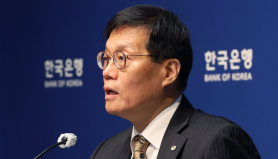
SEOUL, November 06 (AJP) - South Korea’s thriving semiconductor business has pushed the country’s current account surplus to its largest-ever level for September, but the details point to a growing dependence on a narrow set of export engines.
Preliminary Bank of Korea data show the current account logged a $13.47 billion surplus in September, lifting the cumulative black to a record $82.77 billion for the January–September period — up 23 percent from a year earlier.
The goods balance contributed a surplus of $14.24 billion, supported by a 9.6 percent rise in exports to $67.2 billion. From January to September, the goods surplus totaled $85.9 billion, about $14.2 billion higher than a year age.
Semiconductors and shipbuilding remained the primary drivers of growth. Chip exports surged 22.1 percent on-year to $16.79 billion, fueled by strong global demand for high-bandwidth memory (HBM) chips.
SK hynix posted an operating profit of 11 trillion won ($7.7 billion) in the third quarter, while Samsung Electronics recorded 7 trillion won in chip earnings, underscoring the industry’s outsized contribution to Korea’s external balance.
Ship exports also climbed 23.8 percent to $2.77 billion on robust global orders for LNG carriers and other high-value vessels. Hanwha Ocean reported a record third-quarter operating profit of 290 billion won ($200 million).
Steel exports offered further support, rising 2.5 percent to $4.01 billion as signs of stabilization emerged despite continued competition from Chinese producers.
Korea’s services sector remained a structural drag. The services balance posted a $3.32 billion deficit in September, widening the cumulative shortfall to $22.7 billion in the first nine months of the year — about $5 billion deeper than a year earlier.
The travel account continues to make up the largest red. Inbound visitors climbed 16 percent on-year to 14 million, but revenue gains were subdued as solo and small-group travelers replaced big-budget tour groups, reducing duty-free and package-tour spending.

The intellectual property (IP) account logged an $850 million deficit, compared with a $660 million shortfall a year earlier, highlighting Korea’s struggle to monetize its cultural output.
A Korea Chamber of Commerce and Industry (KCCI) report found no Korean names among the world’s top 50 IP-based goods revenue earners. The United States dominated the list with 32 companies — including Netflix and The Walt Disney Company, followed by Japan – home to Sony Pictures - with seven.
Even the hit K-pop–themed Netflix animation “K-pop Demon Hunters” is based on IP owned by Netflix, which acquired the rights from Japan’s Sony Pictures — a reminder that Korea’s expanding cultural footprint often rests on foreign-controlled intellectual property.
Copyright ⓒ Aju Press All rights reserved.



